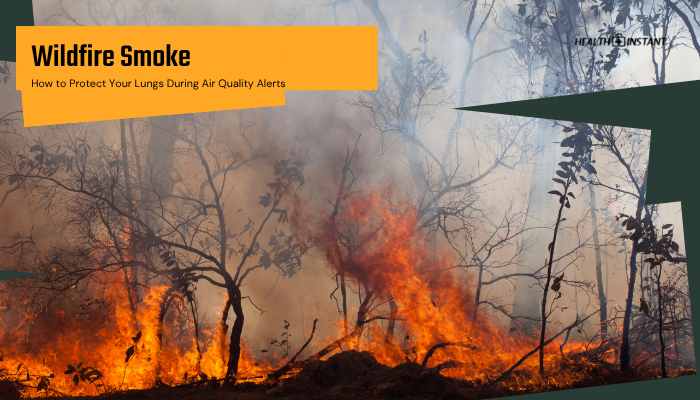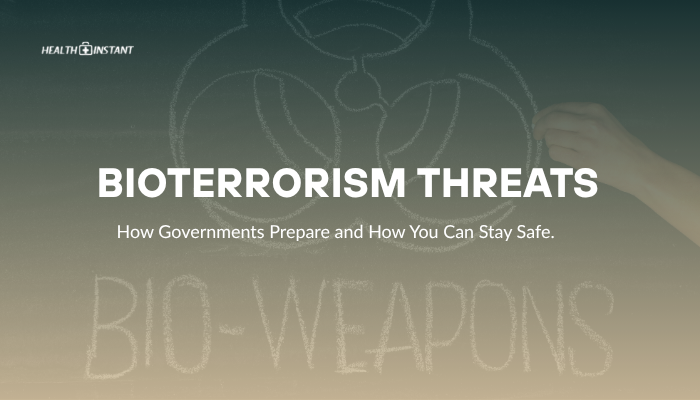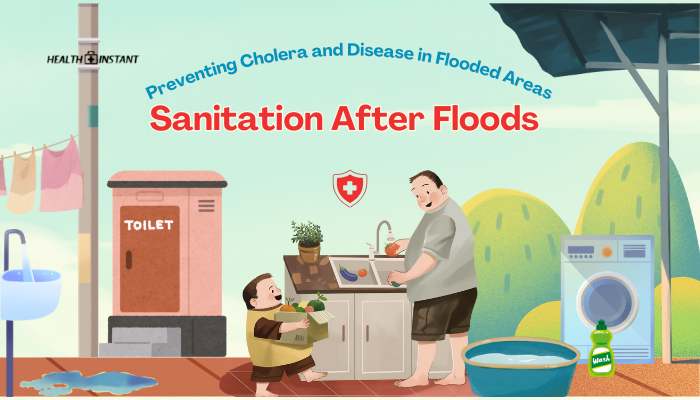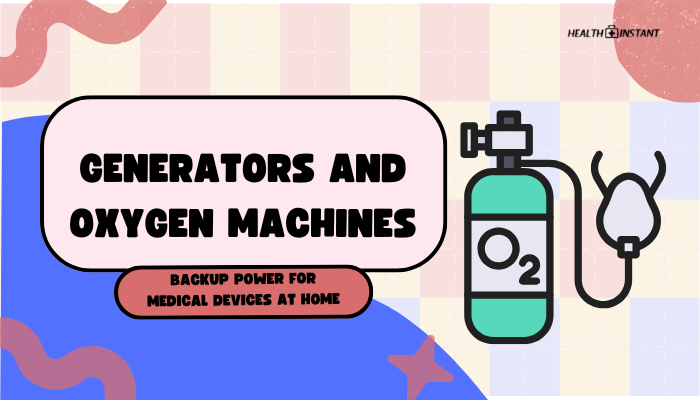Introduction
As wildfires become more frequent and intense, many regions regularly face periods of thick smoke. This smoke creates hazy skies, poor visibility, and most critically, harmful fine particles (PM2.5) that can penetrate deep into the lungs. While it is impossible to eliminate all wildfire smoke exposure, practical steps can limit respiratory problems, especially during air quality alerts.
This guide covers why wildfire smoke is dangerous, how to track pollution levels, and ways to keep your indoor air safe. Whether you are a sensitive individual or a healthy adult, these tips will help you lower exposure and protect your lungs during poor air quality events.
Why Is Wildfire Smoke Harmful?
Wildfire smoke contains a mixture of gases and tiny particulate matter from burning trees, brush, and manmade materials. Of particular concern:
- Fine Particles (PM2.5): Extremely small (2.5 micrometers or less in diameter), they bypass the nose and throat, lodging in the deepest parts of the lungs.
- Irritants and Toxins: Carbon monoxide, volatile organic compounds (VOCs), and other chemicals that can irritate eyes, nose, and respiratory tissues.
- Potential Long-Term Effects: Chronic exposure may worsen heart and lung diseases, elevate asthma risk, and cause reduced lung function over time.
Those inhaling large amounts of smoke may experience coughing, difficulty breathing, headache, stinging eyes, or aggravated respiratory conditions.
Who Is Most at Risk?
While anyone can feel the effects of heavy smoke, certain groups face increased risk:
- Children and Infants: Their developing lungs and higher breathing rates make them vulnerable.
- Older Adults: Age-related changes in the respiratory system and coexisting conditions increase complications.
- People with Chronic Illness: Asthma, COPD, or heart disease can worsen with minimal smoke exposure.
- Outdoor Workers: Prolonged exposure intensifies the chances of respiratory problems.
- Pregnant Women: Exposure may affect fetal development or exacerbate maternal conditions.
Staying updated on air quality and adopting protective strategies is vital for these high-risk individuals.
Monitoring Air Quality
Keeping track of daily air quality index (AQI) reports helps you plan safe activities. Many local agencies and apps provide up-to-date AQI data:
- Government Websites: Environmental or meteorological agencies often issue alerts and health advisories.
- Mobile Apps: Tools like AirNow (U.S.) or WHO’s Global AQI map show real-time pollution levels.
- Local Media: TV or radio broadcasts frequently mention smoke advisories or recommended precautions.
Understanding AQI categories (Good, Moderate, Unhealthy, Very Unhealthy, Hazardous) ensures you take appropriate measures to limit smoke exposure.
Reducing Exposure Outdoors
Choose the Right Mask
- N95 or P100 Respirator: Masks labeled “NIOSH-approved N95” (or higher) capture most fine particles, significantly reducing smoke inhalation.
- Fit Matters: A snug seal around the nose and mouth is crucial. Gaps let smoke in, diminishing protection.
- Not All Masks Are Equal: Surgical or cloth masks help limit COVID-19 spread but do little against small smoke particles.
Plan Activities Wisely
- Limit Outdoor Time: If AQI is “Unhealthy” or worse, reschedule jogs or errands to periods with better air.
- Avoid Peak Smoke Hours: Check local alerts for times the smoke might be highest, often mid-afternoon or when winds shift.
- Stay Hydrated: Extra fluid intake supports respiratory health and helps clear irritants from your throat.
Improving Indoor Air Quality
Seal and Filter
- Shut Windows and Doors: Minimize smoke infiltration, especially when outdoor AQI is very unhealthy.
- Use HEPA Filters: Air purifiers with HEPA-grade filters remove fine particulates. Clean or replace filters regularly for optimal performance.
- Avoid Vacuuming: Vacuuming stirs up existing dust and potentially draws in outside air. If necessary, use vacuums with HEPA filters.
Create a Clean Room
Designate one room—preferably small with minimal windows—as your clean space:
- Seal Leaks: Use weather stripping or damp towels to block drafts under doors or around windows.
- Run Air Purifier: Position it near the middle, away from walls.
- Keep Access Minimal: Enter and exit quickly to retain cleaner air.
Protecting Vulnerable Groups
For older adults, children, or individuals with respiratory or cardiac issues:
- Check Medications: Ensure a supply of inhalers or other prescription drugs to manage exacerbations.
- Request Help: If you cannot create a cool, smoke-free environment at home, see if local resources (friends, community centers) can accommodate you.
- Stay Connected: Healthcare providers can offer extra guidelines for managing conditions like asthma during extended smoke events.
Managing Symptoms and Getting Help
- Mild Symptoms: Eye irritation, runny nose, or a scratchy throat might respond to increased hydration or using saline nasal sprays.
- Worsening Respiratory Issues: Wheezing, persistent coughing, or shortness of breath require medical advice.
- Severe Distress: Seek emergency care if breathing becomes labored, you feel chest tightness, or notice confusion—signs of possible carbon monoxide poisoning or severe oxygen deprivation.
Community Preparedness and Collaboration
Neighborhood-based strategies and communal responses elevate resilience:
- Community Clean Air Shelters: Public buildings (libraries, shopping centers, community centers) often have better filtration systems—an option for those lacking home purifiers.
- Local Alerts: Sign up for text or email alerts from city authorities about changing wind conditions, potential evacuations, or available assistance.
- Check on Neighbors: Particularly older adults or individuals with disabilities who may need help prepping their homes or obtaining air filters.
Conclusion
Wildfire smoke poses a serious threat to respiratory health, yet simple steps can significantly reduce harm. Knowledge about AQI, use of effective masks, and creating cleaner indoor spaces help you navigate smoke events safely.
Especially for vulnerable populations like children, older adults, or people with chronic diseases, caution is paramount. In tandem with community resources and proactive alerts, these measures foster safer breathing conditions during increasingly frequent wildfire seasons.
Staying informed, prepared, and supportive of neighbors or at-risk groups ensures that despite smoky skies, you and your community remain healthy and resilient.
References
- World Health Organization (WHO). (2019). Health guidelines on wildfire smoke exposure.
- Centers for Disease Control and Prevention (CDC). (2020). Protecting your health from wildfire smoke.
- U.S. Environmental Protection Agency (EPA). (2021). Air quality index basics.
- National Interagency Fire Center. (2022). Wildfire prevention and preparedness.
- American Lung Association. (2020). Tips for protecting your lungs from wildfire smoke.
Disclaimer: This article is for informational purposes only and does not replace professional medical advice. Always consult healthcare providers or local authorities if you experience severe symptoms during wildfire smoke events.





